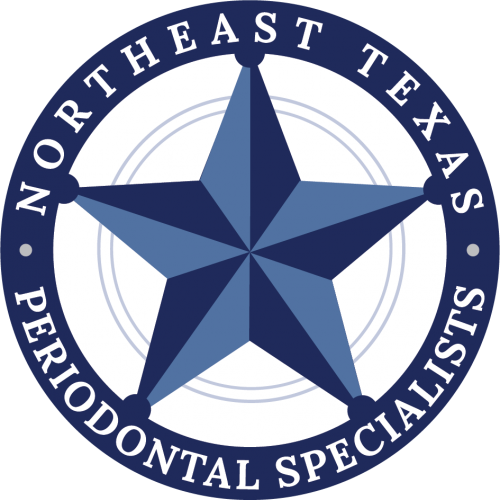The popularity of dental implants is one sign of their consistent success, with around 95% of dental implant patients reporting long-term satisfaction with their implant restorations. Despite this success, it is possible for complications to arise with dental implants. One of the more common complications is peri-implant diseases. These conditions affect the tissues that surround the dental implant, causing different levels of destruction that require varied approaches for treatment. Peri-implant diseases occur when an excessive amount of bacteria builds up at the gum line, around the base of the dental implant, where it causes inflammation in the gums. Most frequently, this happens because of ineffective oral hygiene, though factors like smoking, inflammatory conditions like diabetes, or a history of gum disease can increase the risk of peri-implant diseases.
In many ways, peri-implant diseases resemble periodontal diseases. Both conditions share common causes and symptoms; the key difference is that peri-implant diseases develop near and around dental implants, while periodontal diseases develop near and around the natural teeth. Also like periodontal disease, peri-implant disease has two distinct forms, and the initial form – peri-implant mucositis – commonly develops into the more advanced form – peri-implantitis – when it is allowed to advance without treatment. Peri-implant mucositis and gingivitis both affect only the soft tissues in the oral cavity, and they can both be reversed if intercepted early, yet both will progress and cause additional destruction without treatment. Peri-implantitis and periodontitis are both characterized by the same inflammation of the soft tissues, but they also include deterioration of the bone. If the bone that supports a dental implant is allowed to deteriorate for long enough, this leads to implant failure, just as unchecked periodontitis often leads to tooth loss. Both peri-implantitis and periodontitis often require some type of surgical procedure to reverse their effects and restore the health of the oral cavity.
Because of the destructive effects of peri-implant diseases that aren’t treated, it’s important to intercept these conditions early, when they can still be reversed with relatively simple measures. In some cases, peri-implant diseases prevent few or no symptoms in their early stages, though symptoms that could arise include swelling, redness or tenderness in the gums, or bleeding during flossing or brushing. If you notice any signs of peri-implant disease, make an appointment with your dentist. If you aren’t displaying symptoms, your dentist may be the first person to suggest that you have the early stages of peri-implant disease and can provide prompt treatment, underscoring the importance of routine dental appointments that include comprehensive evaluations and professional cleanings.
If your dentist diagnoses peri-implant mucositis, they can often reverse this condition with a thorough cleaning. If they suspect peri-implantitis, they will use radiographs and other digital imaging to assess the condition of the bone and provide a diagnosis and plan treatment. While peri-implant diseases can be treated and can even be reversed when caught early, the threat they pose to the longevity and stability of dental implants is best avoided, and this can be accomplished by adopting healthy habits and establishing and maintaining effective oral hygiene routines. These steps can go a long way toward protecting your dental implants and maintaining your confident smile for a lifetime.

